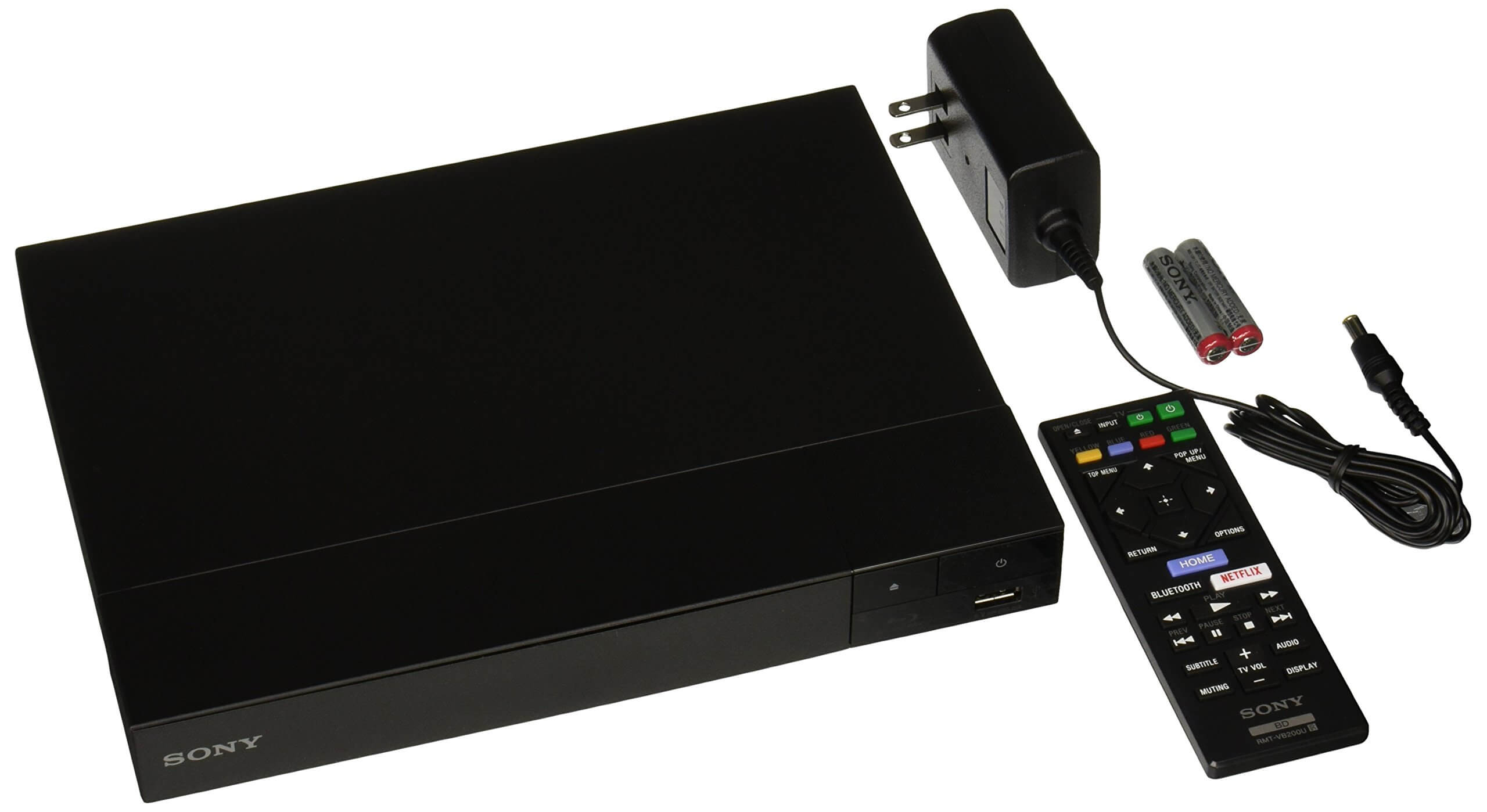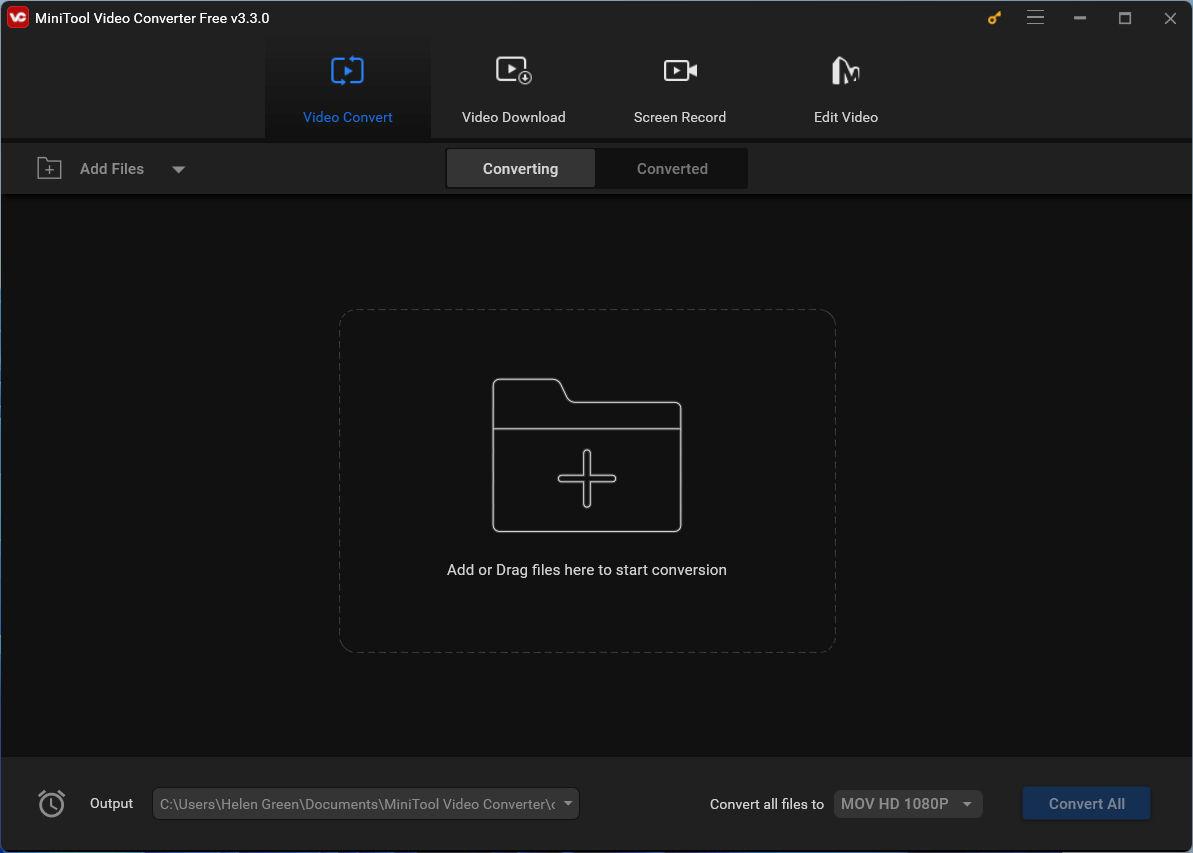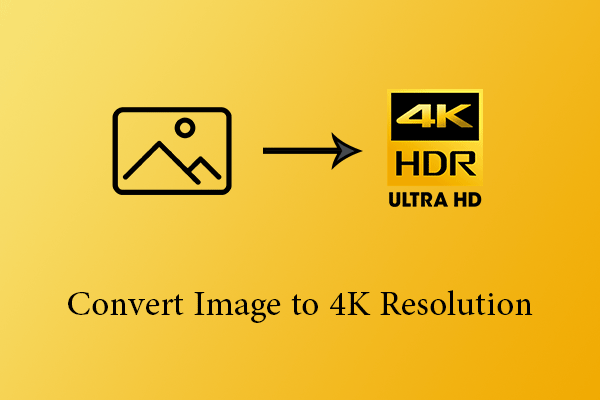In this article provided by MiniTool video-converting software, we delve into the fascinating world of 4K upscaling, from its definition to its applications and implications.
In the realm of entertainment technology, the pursuit of higher resolution and better image quality has been a driving force. The emergence of 4K resolution has been a game-changer, delivering stunningly detailed visuals. However, not all content is created in native 4K, leading to the development of upscaling techniques to bridge the gap.
Understanding 4K Upscaling
What is 4K Upscaling? At its core, 4K upscaling is a process that enhances the resolution of lower-resolution content to match the quality of 4K displays.
How does 4K upscaling work? It involves the use of advanced algorithms and image processing techniques to extrapolate additional pixels from the existing ones, thereby increasing the overall resolution and visual clarity.
The Evolution: AI-Powered 4K Upscaling
With the advent of artificial intelligence and machine learning, a new era of upscaling technology has emerged: 4K AI upscaling. This approach leverages sophisticated neural networks to analyze and understand the content, allowing for more accurate and natural extrapolation of missing details.
Devices and Implementations: 4K Upscalers
The following are some applications of 4K upscaling technology.
#1 4K Upscaling Blu-ray Players
Some Blu-ray players come equipped with 4K upscaling capabilities. These devices are designed to enhance the visual quality of standard Blu-ray discs or even DVDs, bringing them closer to the 4K resolution. This can be particularly appealing for those who want to enjoy their existing collection on higher resolution displays.

The worth of investing in a 4K upscaling Blu-ray player depends on your preferences and viewing habits. If you have a collection of non-4K discs and want to experience them in better visual quality, a 4K upscaling player could be a valuable addition to your setup. However, if you primarily consume native 4K content, the benefits of upscaling might be less pronounced.
#2 4K Upscaling Gaming Consoles
Gaming consoles like the Xbox One, Xbox Series S, and PlayStation 4 Pro offer 4K upscaling for games that are not natively rendered in 4K. This feature enhances the gaming experience by making graphics appear sharper and more detailed on compatible displays.
#3 4K Upscaling Streaming Devices
Devices like the Apple TV 4K and various smart TVs also utilize upscaling techniques to enhance the quality of streaming content. This ensures that even if the original content is not in 4K, viewers can still enjoy a visually improved experience.
4K Upscaling Software
The above has listed the hardware applications of 4K upscaling. Next, it will discuss 4K upscaling software, which will similarly increase a lower-resolution graphic content to 4K resolution. Still, the upscaled content won’t match the sharpness and clarity of the native 4K content. Anyhow, it worth trying If you really want to experience high resolution on old videos.
Here, MiniTool Video Converter is one of the recommended 4K video upscalers. It enables its users to upscale low-resolution videos to higher resolutions like 4K through its Video Convert tool. Besides, MiniTool Video Converter can convert video and audio files from one format to another to be compatible to different devices. Moreover, it allows you to change the encoder, bitrate, and frame rate of a video.
MiniTool Video ConverterClick to Download100%Clean & Safe

4K Upscaling vs Native 4K
Upscaled 4K vs. Native 4K: is 4K upscaling the same as 4K? While native 4K content remains the pinnacle of visual fidelity, upscaled 4K has its merits. Upscaling can breathe new life into older content and offer a visually satisfying experience. However, it’s important to note that while upscaling can improve clarity and detail, it cannot create new information that wasn’t present in the original content.
What Does 4K UHD Upscaling Mean?
The term “4K UHD upscaling” refers to the process of taking lower-resolution content and enhancing it to fit the 4K Ultra High-Definition standard. This technology plays a pivotal role in ensuring that content not initially produced in 4K can still look impressive on modern displays.
The Future and Conclusion
As technology continues to evolve, 4K upscaling will likely become more refined and capable. The synergy between AI and upscaling algorithms holds the potential to further narrow the gap between native 4K and upscaled content. Whether it’s enjoying your favorite classic movies or enhancing your gaming experience, 4K upscaling is a versatile tool that enriches the world of visual entertainment. As the landscape continues to shift, one thing remains clear: the pursuit of excellence in visual quality is an ongoing journey.




User Comments :